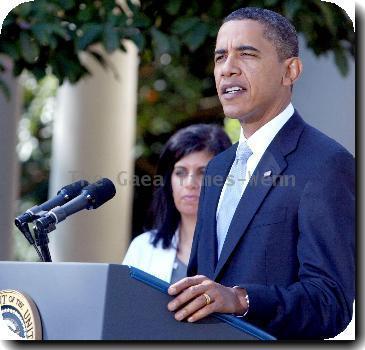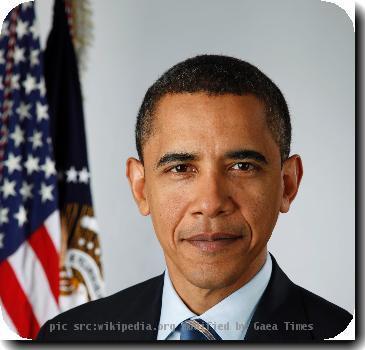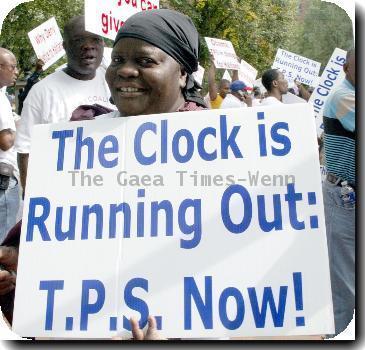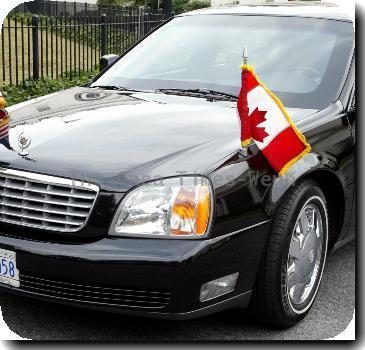FACT CHECK: New White House stat on health savings called ‘apples to oranges’
By Ricardo Alonso-zaldivar, APMonday, September 13, 2010
FACT CHECK: White House health savings challenged
WASHINGTON — When a government report found that President Barack Obama’s health overhaul would modestly raise the nation’s total health care tab, the White House responded with a statistic suggesting costs would go down.
It turns out that may be fuzzy math.
Health reform director Nancy-Ann DeParle wrote on the White House blog last week that the same government report indicates spending per insured person will be more than $1,000 lower in 2019 because of the law — some 9 percent below previous projections.
EDITOR’S NOTE — An occasional look at assertions by public officials and how well they adhere to the facts
“The act will make health care more affordable for Americans,” DeParle said.
But the head of the nonpartisan economic unit at Medicare that produced the original cost report says the White House number “does not provide a meaningful or accurate indication” of the effect of the health care law.
“The amounts quoted in the White House blog are not meaningful and cannot be used to calculate the change in health expenditures per insured person,” Richard Foster, Medicare’s chief actuary, told The Associated Press.
The Obama administration stands by its statistic.
It’s a dispute about numbers and how they’re bandied about by powerful people in Washington.
But you don’t need an economics degree to follow this one. All you have to do is remember your fractions.
The health care law expands coverage, reducing the number of uninsured by more than 32 million, although about 24 million will remain without coverage.
Still, the share of the population with insurance will go up by nearly 10 percentage points, to about 93 percent. And that makes a difference in the numbers.
If you divide total national health care spending by a bigger number of insured people, you get a smaller per-person result.
It’s an interesting statistic, but it doesn’t mean the problem of rising costs is solved.
“It’s not that it’s false, it’s just that it will be a little misleading,” John Allen Paulos, a mathematics professor at Temple University in Philadelphia, said of the White House number, calling it an “apples-to-oranges miscomparison.”
Consider an imaginary country with just three citizens, Peter, Paul and Mary. Peter has health coverage but Paul and Mary are uninsured. Peter spends $1,000 on health care, but Paul and Mary can only afford $500 apiece because they lack coverage. Total national spending: $2,000. National spending per insured person: $2,000.
Now suppose a law gets passed to expand coverage. Paul gets insurance, but Mary remains uninsured. Now Peter and Paul are spending $1,000 apiece. Paul spends more than when he was uninsured, so total national health spending goes up to $2,500.
But because more people are covered, spending per insured person goes down to $1,250.
It’s a simplistic comparison, but would you call that a savings?
Paulos said it would make more sense to first figure out the share of total national health care spending by people with health insurance, and then divide that result by the number of insured people — before and after the health care law.
The government hasn’t run that calculation.
Richard Kronick, a senior Health and Human Services official, said the Obama administration disagrees that its number is misleading.
“There are a number of ways to evaluate health care spending and the new law,” said Kronick. “Examining spending on each individual with health insurance is one useful data point.”
National health care spending is a kitchen-sink statistic that includes personal health costs of the insured as well as the uninsured, and such categories as research and development and medical infrastructure. In 2019, when the overhaul is fully phased in, the tab will be $4.6 trillion.
Foster says it’s acceptable to divide the number by the total U.S. population. In that case, per capita spending would $13,652 as a result of the law, and $13,387 without it.
The difference: just $265 per person more.
Paulos, the mathematician, said that sounds like a bargain to him. “It’s a relatively small cost given that 30 million more people will be covered,” he said. “You don’t really need this kind of apples to oranges miscomparison.”
Tags: Access To Health Care, Barack Obama, District Of Columbia, Government Programs, Government Regulations, Government-funded Health Insurance, Health Issues, Industry Regulation, North America, Personal Finance, Personal Insurance, United States, Washington
















